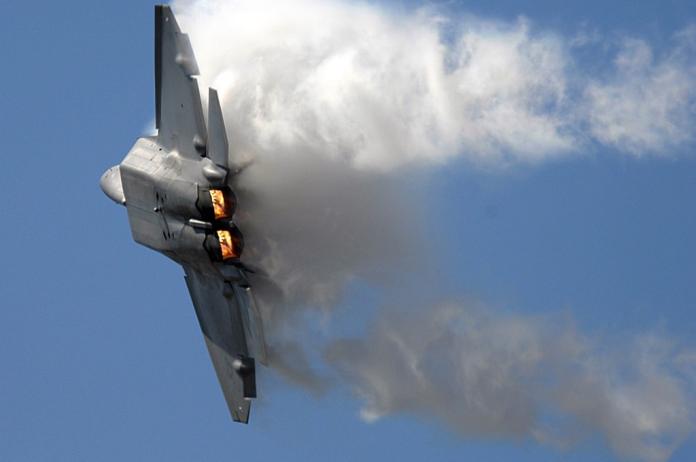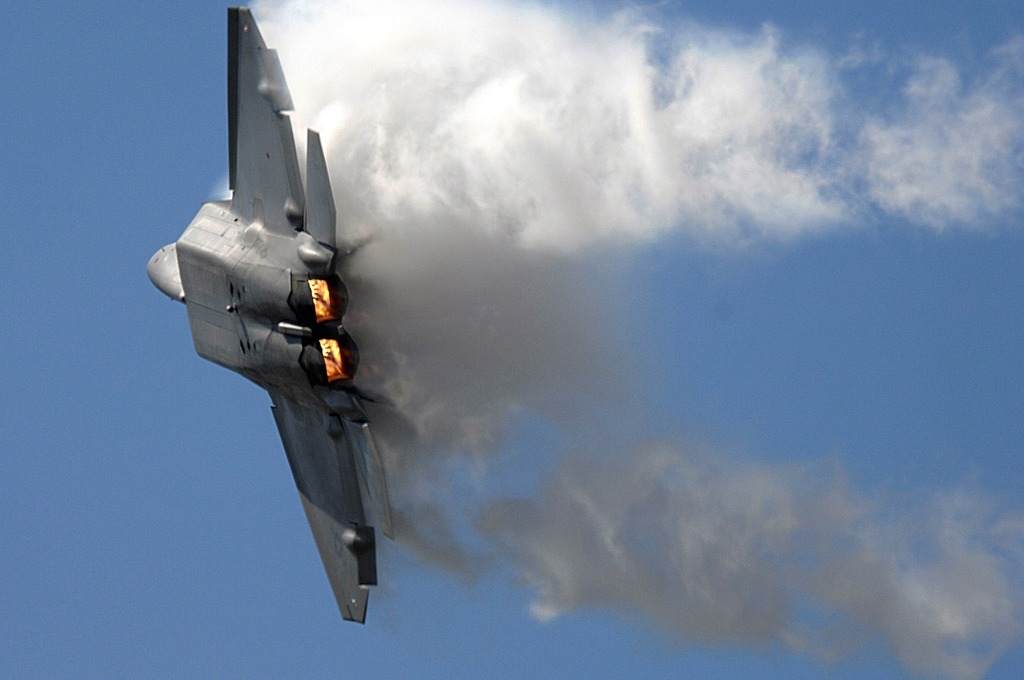
“Speed is the ultimate trump card in aerial warfare.” That mantra, repeated by generation after generation of fighter pilots, continues to hold true in 2025, even with stealth, sensors, and precision munitions prioritized in design. Although most contemporary jets do not regularly see faster-than-Mach-1.2 speeds in combat, the capacity to reach hypersonic speeds remains a powerful emblem of technological prowess and strategic extent.
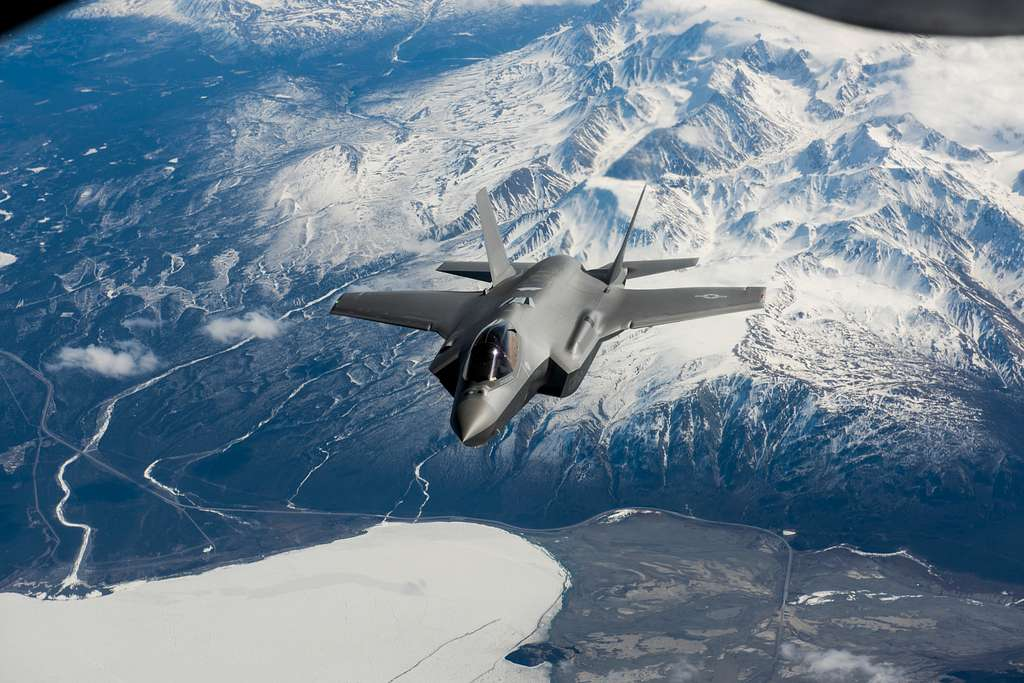
From Cold War interceptors designed to pursue reconnaissance planes at the threshold of space, to fifth-generation stealth fighters capable of sustained supersonic flight without afterburners, the world’s fastest jets are a tale of engineering hubris and changing doctrine. They are as much about prestige and deterrence as about tactical advantage. This list looks at seven superior aircraft both past and present that merge speed and firepower, each providing a unique take on what it takes to own the skies.
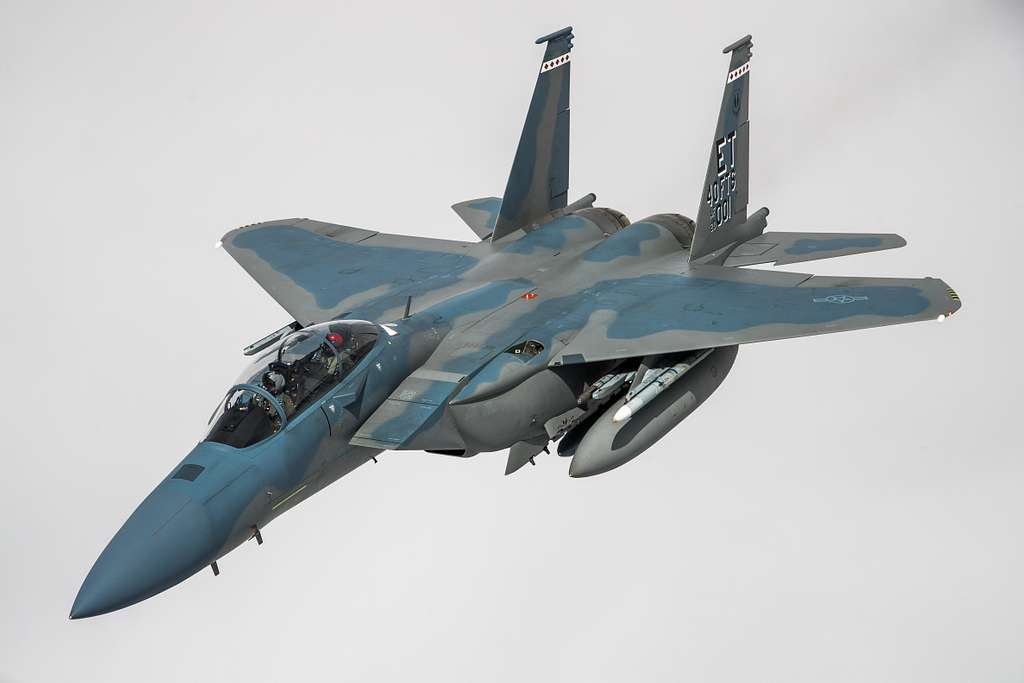
1. F-15EX Eagle II – The Unyielding Speed King
The F-15 family’s latest generation, the F-15EX Eagle II, is based on a platform with the best combat record in air-to-air combat. With its twin General Electric F110-GE-129 engines producing 29,500 pounds of thrust per engine, it has shown speeds of up to Mach 2.497 in clean configuration, with Boeing officials estimating a theoretical ceiling of Mach 2.9.
Aside from sheer speed, the F-15EX features digital fly-by-wire flight controls, an APG-82 AESA radar, and the EPAWSS active protection suite. Its 29,500-pound payload capacity renders it not just the fastest mass-deployed fighter, but also one of the most weaponized. At a time when most designs compromise on speed for stealth, the Eagle II is a lonely example of a fighter hovering around the upper threshold of performance while still being operationally flexible.
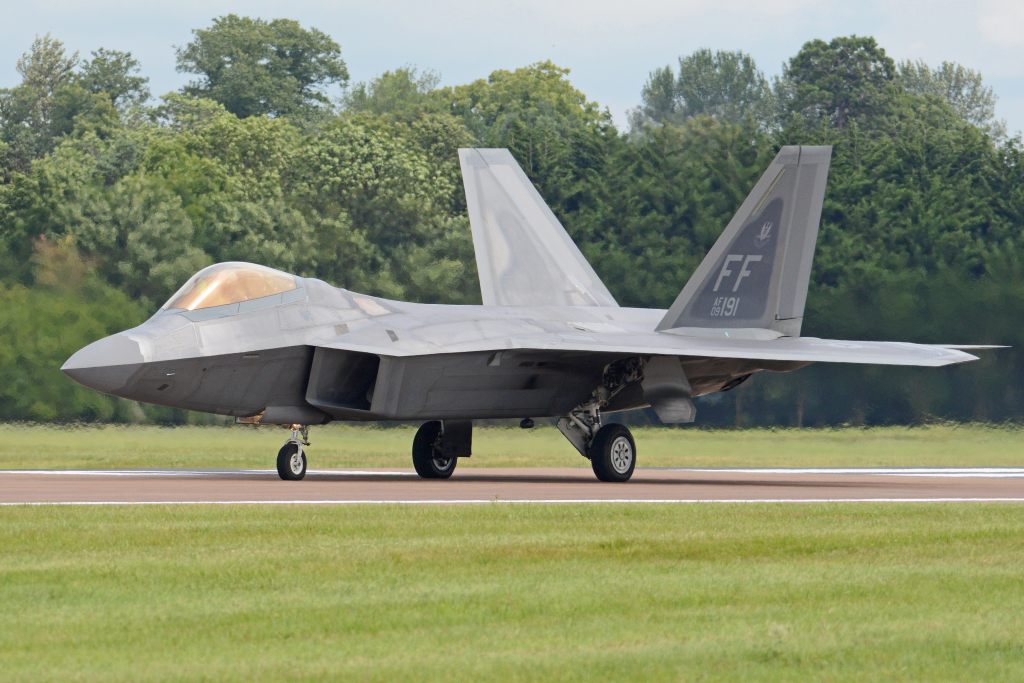
2. F-22 Raptor – Stealth Meets Supercruise
Lockheed Martin’s F-22 Raptor revolutionized fighter performance when it was deployed in 2005. At Mach 2, it can maintain speeds above Mach 1.8 without the need for afterburners a feat referred to as supercruise. The Raptor uses this ability to travel long distances rapidly while burning less fuel, a winning strategy for both intercept and strike missions.
Its Pratt & Whitney F119-PW-100 engines produce more than 35,000 pounds of thrust each, making it climb to over 65,000 feet and high-speed maneuver like no most peers can. Internal armament bays maintain its stealth silhouette and remove the drag penalties, making its speed unchanged whether it carries weapons or not. Fittingly, the U.S. Air Force says that the Raptor’s “unique combination of stealth, speed, agility, and situational awareness” forms the basis for its air dominance mission.
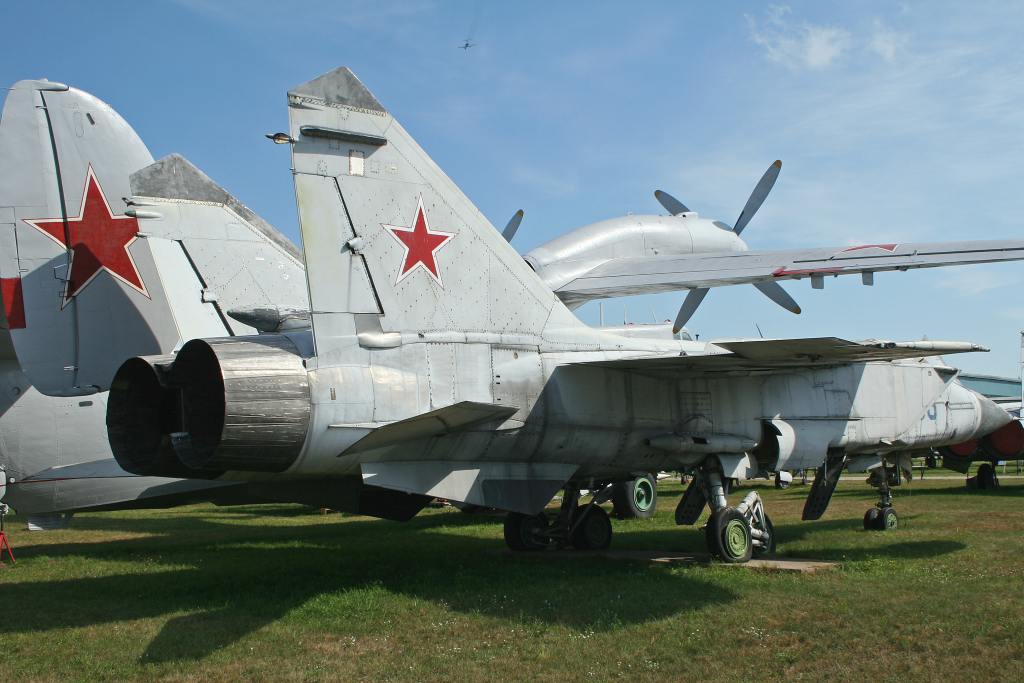
3. MiG-31 Foxhound – The Soviet Interceptor Legacy
Intended to supplant the MiG-25, the MiG-31 Foxhound was constructed for high-altitude, high-speed intercept across vast Soviet borders. Its theoretical maximum speed of Mach 2.83 is constrained in operational use to approximately Mach 1.5 by cockpit glazing, as admitted by Russian Aerospace Forces leadership.
But for all this, the Foxhound’s robust sensors and extended-range missiles make it a force to be reckoned with. At Mach 1.25 at sea level, it can attack targets at the very limits of distance, enhanced by modern refits such as the Kinzhal hypersonic missile. MiG-31 is still one of the handful of aircraft with the ability to fly consistently at the top of the performance curve.

4. MiG-25 Foxbat – Cold War Speed Icon
The MiG-25 retains the record of being the fastest production fighter in the world, with a speed of Mach 2.83. Created in the late 1960s to neutralize U.S. reconnaissance planes, it pushed the USAF into rapid development of the F-15. Its performance emphasized speed and altitude above maneuverability and thus made it unsuitable for dogfights but well suited for strategic interceptions.
Now, there are only a few left in nominal service, and their combat status is doubtful. Nevertheless, the Foxbat’s legacy continues to be seen as an emblem of the Cold War technological jousting, where speed was a tactical advantage and a propaganda weapon.
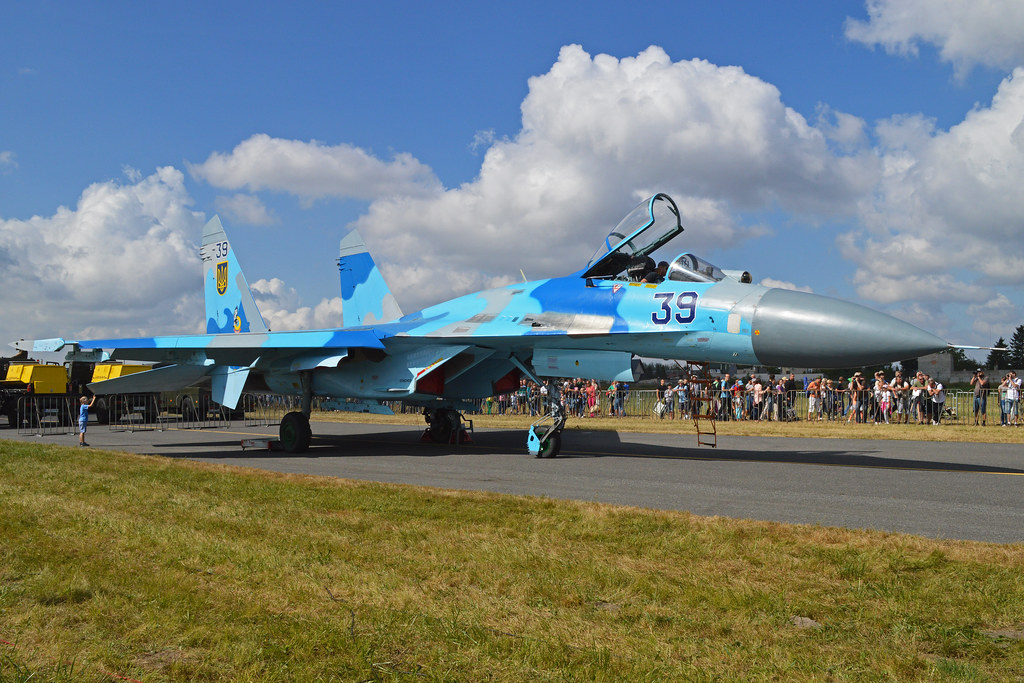
5. Su-27 Flanker – Speed vs. Maneuverability
The Sukhoi Su-27 was designed to be a long-range air superiority fighter that would rival the finest Western designs. With a Mach 2.35 top speed, it achieves a balance of high-altitude speed with outstanding maneuverability due to its aerodynamic design and strong engines.
The Flanker gave rise to a lineage of derivatives all of which are flown by several countries namely the Su-30, Su-34, and Su-35. Although its speed decreases drastically under the weight of external ordnance, the Su-27 combination of range, agility, and payload has maintained it as a force in contemporary air forces, particularly when an operation demands both range and dogfighting capability.
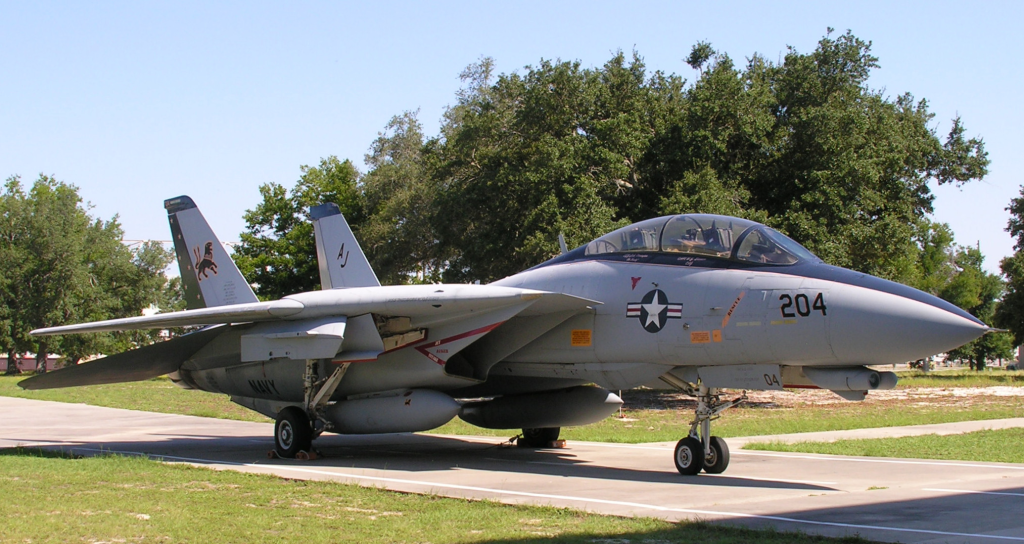
6. F-14 Tomcat – Carrier-Borne Speedster
The Grumman F-14 Tomcat, famed for its variable-sweep wings and long-range Phoenix missiles, could reach Mach 2.3 even when fully armed. Former U.S. Navy crews recall the jet accelerating “like it was blasted out of a cannon,” with some suggesting a clean Tomcat could exceed Mach 2.5.
Retired from US service in 2006, the Tomcat continues in limited use with Iran. Its speed, range, and carrier compatibility made it a singular asset to fleet defense, able to intercept threats at long distances from the carrier group.
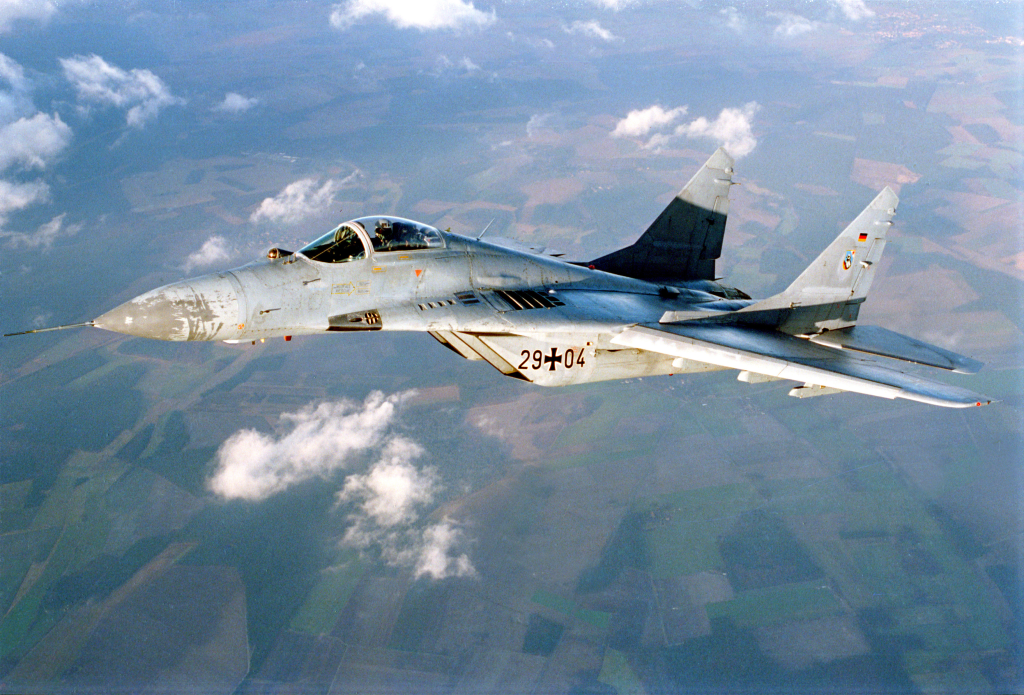
7. MiG-29 Fulcrum – Quick and Nimble at Close Range
The MiG-29 was formulated as a lighter version of the Su-27 to specialize in point-defense intercepts. Capable of Mach 2.3 clean configuration top speed, it provides high climb rates and exceptional agility with the help of far-apart engines that provide greater maneuverability. But its short range and failure to fly supersonic with external tanks indicate its tactical function. At close range, the Fulcrum is deadly because of its maneuverability, but for brief, intense fighting, its speed is ideal instead of sustained operations.
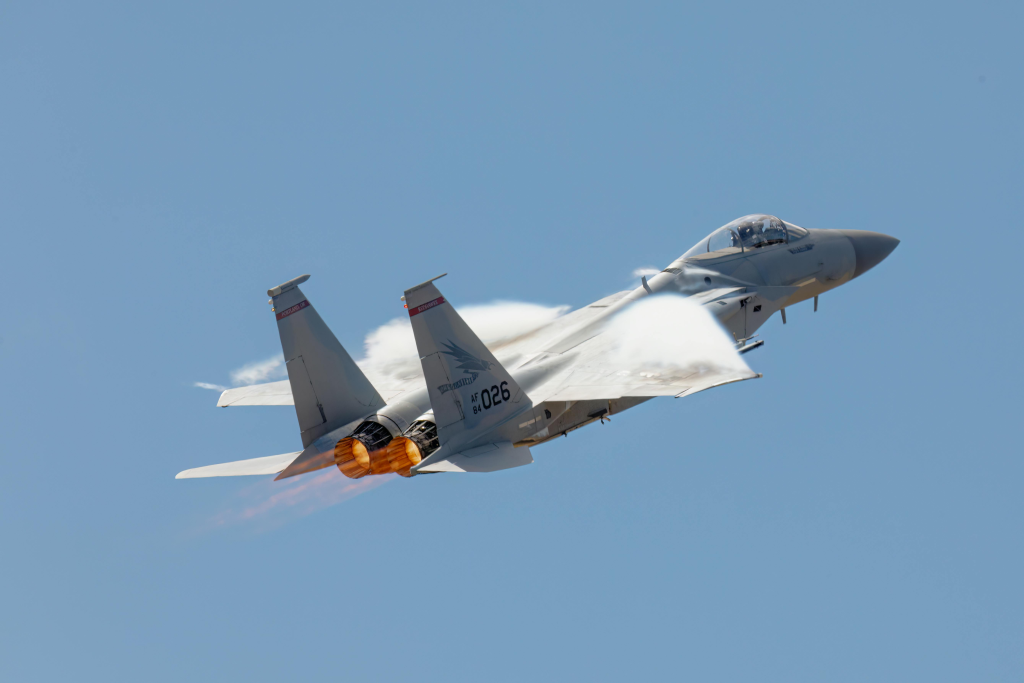
These seven planes represent the range of design philosophies that have informed high-speed fighter development ranging from specialized interceptors designed to pursue intruders at the edge of the atmosphere, to stealth fighters that combine speed within a larger package of survivability and situational awareness. While modern doctrine often prioritizes stealth, sensors, and networked warfare over raw velocity, the enduring appeal of speed lies in its simplicity: the faster an aircraft can reach, engage, or evade, the greater its margin for success in the unforgiving arena of aerial combat.
